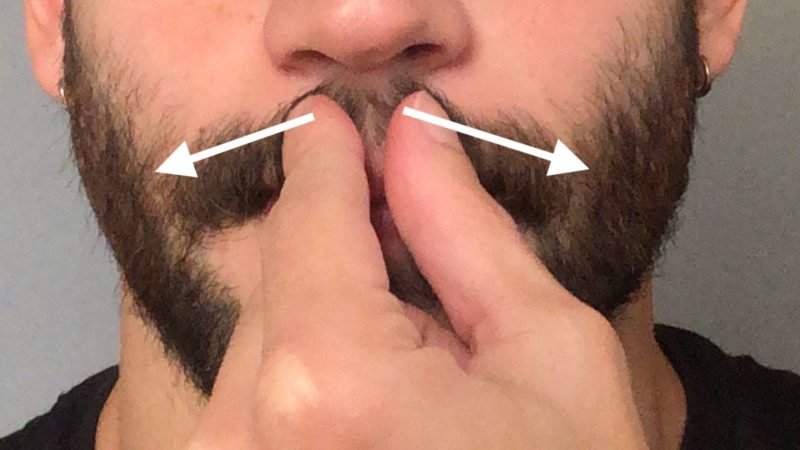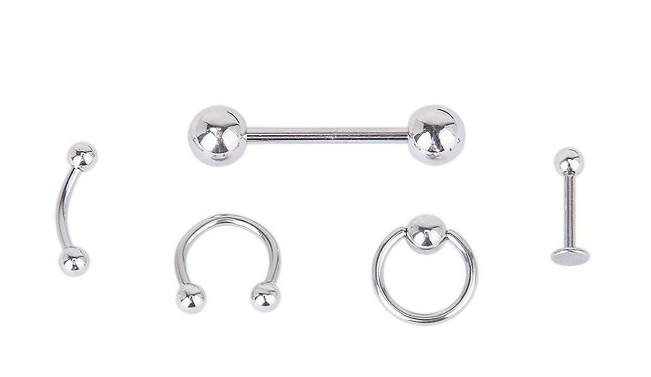The Skincare War Between AHA vs BHA

Are you confused between AHA vs BHA?
These two types of chemical exfoliants are popping in skincare products more than ever before. So you might be confused about which one will work best for your skin type. Do not worry! We are here to answer all your queries.
Exfoliation is an important part of every skincare regimen. Removing dead skin helps prevent breakouts and improves skin texture, and gives a glow to the skin.
There are two types of exfoliation: Chemical and Physical. We all have been using physical exfoliators for a long time in the form of scrubs that feature fine granules to rub off the upper layer of the skin surface. While the truth is they are not as effective as chemical exfoliators. Chemical exfoliators use gentle acids to dissolve the dead skin cells.
Chemical Exfoliators come in two forms- AHA and BHA. Both of them have different uses and effects on the skin.
This post will tell you what is AHA and BHA, their benefits, and their uses. We will also discuss the difference between AHA vs BHA and how to incorporate them into your skincare routine.
Keep reading to know more.
What Is AHA?
AHA is an acronym for “Alpha-Hydroxy Acid.” AHA’s are derived from plant sources like sugarcane, etc., which is why they are also known as fruit acids. The smallest type of AHA is glycolic acid that comes from sugarcane and is the most commonly used in most skincare products.
AHAs are water-soluble and best suited for normal-dry skin and sun-damaged skin, all thanks to their natural moisturization-enhancing properties within the skin.
The Benefits of AHAs
AHAs have numerous benefits for the skin. First being, they target all the skin areas and go deep within the skin layers. These benefit both the outer (epidermis) and deep layer (dermis)of the skin.
On the outer layer of the skin, AHAs show an exfoliative effect by removing the dead skin cells from the surface. They gently cleave the retained bonds present between dead skin cells. Once it gets loose, the cells automatically fall off.
AHAs are also great for stimulating collagen production in the skin and reduce the appearance of fine lines. These increase the collagen synthesis by fibroblasts and decrease degradation of the dermal matrix.
Common Type Of AHA’s
These are some of the common types of AHA found in skincare products, peel, or exfoliants.
Glycolic
Glycolic acid is a common form of AHA and is derived from sugar cane. It has exfoliating properties and makes an all-in-one treatment for many skin concerns. Glycolic acid also has antimicrobial properties and prevents acne breakouts. You can find this AHA in many skincare products like peels, toner, etc.
Lactic
This is another common AHA. Unlike other AHA derived from fruits, Lactic acid is derived from lactose and has popular anti-aging and exfoliation effects.
Tartaric
Although not many people know about this AHA, Tartaric is extracted from grape extracts that help alleviate sun damage signs and acne.
Citric
As the name says, it is derived from citrus fruit extracts. Citric acid helps to neutralize the skin’s pH level and evens out the rough patches of skin. It also makes a really good toner or serum when applied before moisturizer and also maximizes UV protection.
Malic
One common AHA-BHA crossover is Malic acid. It is made with apple acids and is not as effective as a sole ingredient. However, it works by making other acids effective.
Mandelic
Mandelic acid contains large molecules that are extracted from almond extracts. You can also combine it with other AHAs to enhance the exfoliation. When used alone, it can help to minimize pores and improve skin texture.
What Is BHA?
BHA is an acronym for Beta-Hydroxy Acid. We all know about the popular acne-bursting skincare ingredient- Salicylic acid, which is BHA.
BHA is basically an organic carboxylic acid that works on the skin’s upper and deep layers inside the pores. These are oil-soluble chemicals and are best suited for normal-oily skin prone to blemishes, clogs, bumps, and large pores.
The Benefits of BHAs
BHA has skin-calming properties and is gentle for sensitive skin types prone to redness and rosacea. Salicylic is fat-soluble and penetrates the oily skin type deeply, and gets rid of all the congestion. It helps to fight bacteria, treat calluses and other dry areas of the skin. When used in high concentration, it can treat warts by diluting them deeply.
Common Type Of BHA’s
These are some of the common types of BHA found in skincare products, peel or exfoliant.
Salicylic acid
The most common form of BHA is used in various skincare and acne-drying products. The concentration of Salicylic acid ranges between 0.5 to 5 % depending on the product you are using. It is one of the most popular acne treatment ingredients and also helps in calming inflammation and redness.
Citric acid
Although it is primarily classified as an AHA, there are some formulations of citric acid, which are BHA as well. BHA citric acid does not help to even out the skin tone; instead, it sucks the excess sebum from the skin and clears out dead skin cells by going deep into the pores.
Read More- Who Will Win The Beauty War Between Botox and Fillers?
AHA VS BHA- Differences and Similarities
AHA and BHA are pretty similar to each other. They both work by exfoliating the skin and making it supple, soft, and smooth by treating whiteheads, blackheads, and pimples.
Both AHA and BHA help in making the complexion firmer and brighter, even out skin tone, minimize fine lines, etc.
However, there are some key notable differences when comparing AHA vs BHA.
BHA is oil-soluble, and it can deeply penetrate the pores and dissolve grime and oil. In contrast, AHA is water-soluble and works on the top layer of the skin. It can help treat pigmentation and make your skin more vulnerable to sun damage and cause irritation.
How to Choose AHA vs BHA?
When choosing between AHA vs BHA, it all rolls down to what skincare concerns you want to target.
If you have deeper skin issues like acne, you need to use BHA or a combination of AHA and BHA, as it will penetrate the skin deeply. On the other hand, if you have a dry skin type AHA is the right pick for you. You can also use a combination of both AHA and BHA, but you only want to tackle the issues on the skin surface; AHA is the best-suited chemical.
Note– The real strength of AHA and BHA depends on the formula and mode. Both have potent drying properties which can draw moisture from the skin, which is why these should not be a part of your daily regimen. Whether you use AHA/BHA peel, exfoliant or serum, use them only 1-2 times a week.
Can You Combine AHA and BHA?
YES, you can combine AHA and BHA in your skincare routine; however, there are certain factors that you need to keep in consideration.
Various products on the market contain the compounds of both AHA and BHA/ some even feature chemical exfoliants like plant enzymes and PHA. These combinations can be helpful in treating various skin concerns like clogged pores, flaky skin, fine lines, and pigmentation.
One thing that you should know is that both AHA and BHA have different strengths. Using strong or potent products can cause irritation or redness, which is why it is suggested to use milder concentrations or use them separately to see how your skin adjusts.
How To Include These AHA and BHA In Skincare Routine?
AHA
If you are struggling with dull, flaky skin, sun damage, and wrinkles, then you should opt for AHA. AHA is available in gel, liquid, and peel pad form. These acids come in higher concentration, so it is always best to start with a lower concentration formula like 5% and eventually work your way up.
If you have a sensitive skin type, you should only use a mild AHA concentration once a week. At the same time, other skin types can use it upto two-three times a week.
Using AHA vs BHA can make your skin more prone to sun damage, which is why it should only be used at night. Do not forget to apply sunscreen the next day or any day when you step out of the house.
Another important point to note is that when using AHA skincare products, avoid layering it with retinol or vitamin C because it can irritate the skin and make it unbalanced.
BHA
BHA is gentle as compared to AHA and is best suited for normal to oily skin, which is prone to acne. Although when buying BHA products, keep in mind the concentration of the ingredients.
If you have a sensitive skin type, a product with 0.5% salicylic acid will remain strong. Whereas normal skin types can tolerate upto 2% and more.
BHA needs some time to work into the pores; therefore, you have to be patient to see the visible results. Just make sure to always apply sunscreen when you are using any type of chemical exfoliants.
Final Words:
The war between AHA vs BHA cannot have one single winner. Both share almost the same benefits and obtain exfoliation from each other. However, each ingredient works differently to achieve your skincare goals.
If you want to include some anti-aging treatment in your skincare routine, then use AHA bases serums and peels. In case you want to calm down your skin congestion and inflammation, treat acne, then include BHA in your skincare kit.
If you still are confused about which one to use, you can consult your dermatologist. They can help you choose the right chemical based on your skin type, specific skin concerns.






